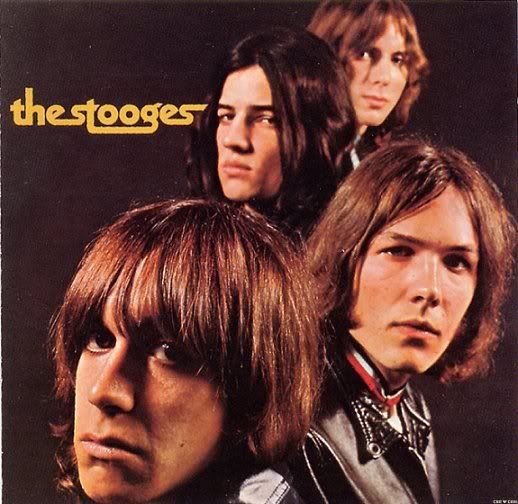 Untitled
Untitled
Ron Asheton, guitarist from the Stooges, was found dead this morning. :(




 (0 rates)
(0 rates)
 January 6, 2009 2:21 PM CST
January 6, 2009 2:21 PM CST
 Untitled
Untitled January 28, 2009 9:16 PM CST
January 28, 2009 9:16 PM CST
 Untitled
Untitled January 22, 2009 10:29 PM CST
January 22, 2009 10:29 PM CST
 Untitled
Untitled January 8, 2009 10:45 PM CST
January 8, 2009 10:45 PM CST
 Untitled
Untitled January 7, 2009 11:04 AM CST
January 7, 2009 11:04 AM CST
 Untitled
Untitled January 7, 2009 9:33 AM CST
January 7, 2009 9:33 AM CST
 Untitled
Untitled January 7, 2009 4:51 AM CST
January 7, 2009 4:51 AM CST
 Untitled
Untitled January 7, 2009 12:25 AM CST
January 7, 2009 12:25 AM CST
 Untitled
Untitled January 6, 2009 10:24 PM CST
January 6, 2009 10:24 PM CST
 Untitled
Untitled January 6, 2009 6:17 PM CST
January 6, 2009 6:17 PM CST
 Untitled
Untitled January 6, 2009 6:01 PM CST
January 6, 2009 6:01 PM CST
 Untitled
Untitled
 January 6, 2009 6:00 PM CST
January 6, 2009 6:00 PM CST
 January 6, 2009 3:58 PM CST
January 6, 2009 3:58 PM CST
 Untitled
Untitled January 6, 2009 3:55 PM CST
January 6, 2009 3:55 PM CST
 Untitled
Untitled